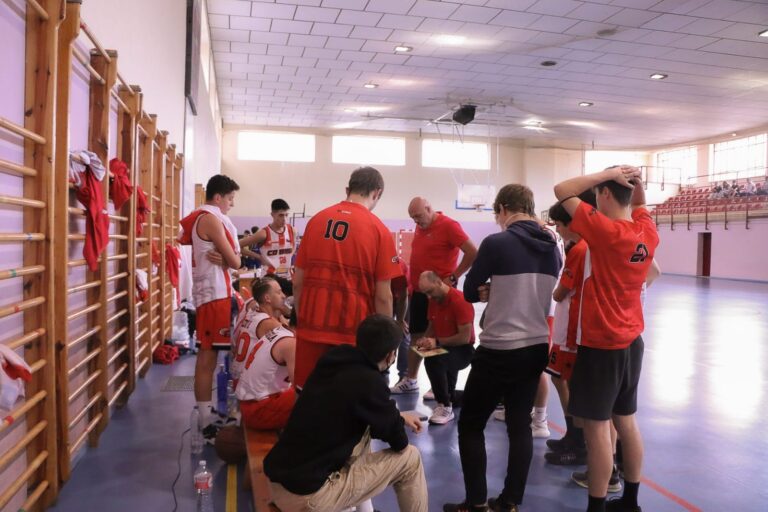


La fase aguda puede provocar dolor incluso por dos semanas durante esta fase no hay deformidad ni cambios radiográficos en la fase crónica es característica la prominencia en la tuberosidad anterior de la tibia, que genera dolor y se percibe dura a la palpación, pero los arcos de movilidad se encuentran conservados. The online version of this article (10.1186/s1299-8) contains supplementary material, which is available to authorized users. We will use the estimated treatment effects between injury locations to provide guidance in managing apophysitis.

We aim to identify all comparative treatment designs described in the literature and synthesize data when possible. To date the comparative effects of interventions for apophysitis seem to rely mainly on expert opinion. We will use the CINeMA software to apply the modified version of Grades of Recommendation, Assessment, Development and Evaluation (GRADE), developed specifically to evaluate the quality of evidence in network meta-analysis. A treatment hierarchy will be obtained using the surface under the cumulative ranking curve (SUCRA) and mean ranks, visualized using rankograms. We will explore if different treatment comparisons are sufficiently similar in terms of effect modifiers (transitivity assumption) with the aim to conduct network meta-analyses for randomized and non-randomized studies separately. Risk of bias assessment will be made using revised tool for assessing risk of bias in randomized trials for Randomized trials and Robins-I tool for non-randomized trials. The efficacy of treatments will be compared with respect to the outcomes 1) time to pain-free activity and 2) risk of subsequent injury. Searches will be made in the Cochrane CENTRAL, MEDLINE, EMBASE, CINAHL and SportDiscus databases and via reference searching. We will conduct a systematic review to retrieve all relevant studies applying a comparative design. The objective of this systematic review and network meta-analysis is to compare the effectiveness and safety of all available treatments for any type of apophysitis in children and adolescents. The duration of symptoms reported in the literature is between 6 weeks to 6 months or more. The most common is apophysitis - a traction injury to the apophysis in growing individuals. Overuse injuries are reported to be more common than acute trauma in children and adolescents, causing pain and reduced function.


 0 kommentar(er)
0 kommentar(er)
